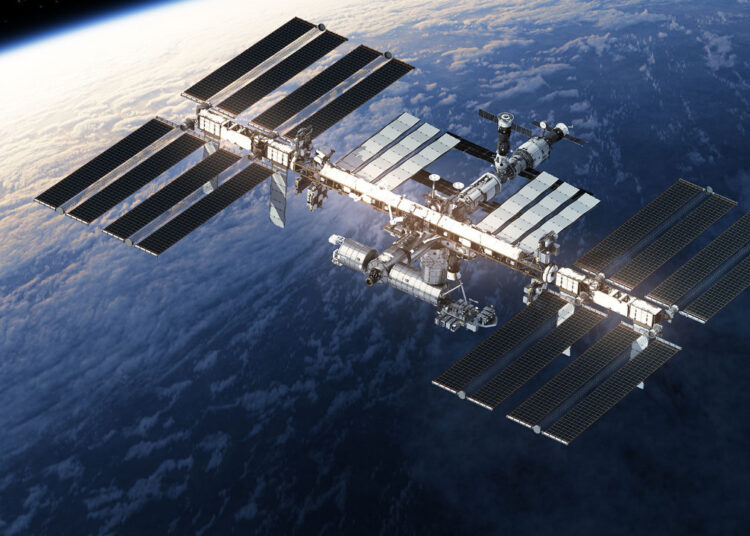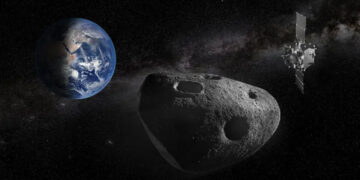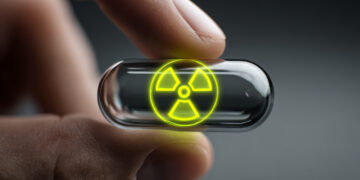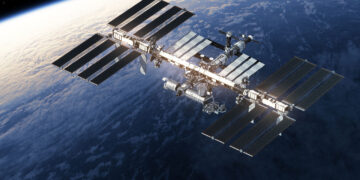The International Space Station (ISS), which has been serving in Earth orbit for over twenty years, has become more than just a laboratory; it is a symbol of global cooperation and engineering mastery. This massive structure stands out as a emblem of human mission continuity and safety, especially demonstrated by a single astronaut continuing their duties without loss of life, which is considered the most concrete proof of the station’s safety culture. Many challenges remind us how delicate the safety margins for survival in space are: technical failures, space debris threats, and emergencies, each capable of turning events into disasters.
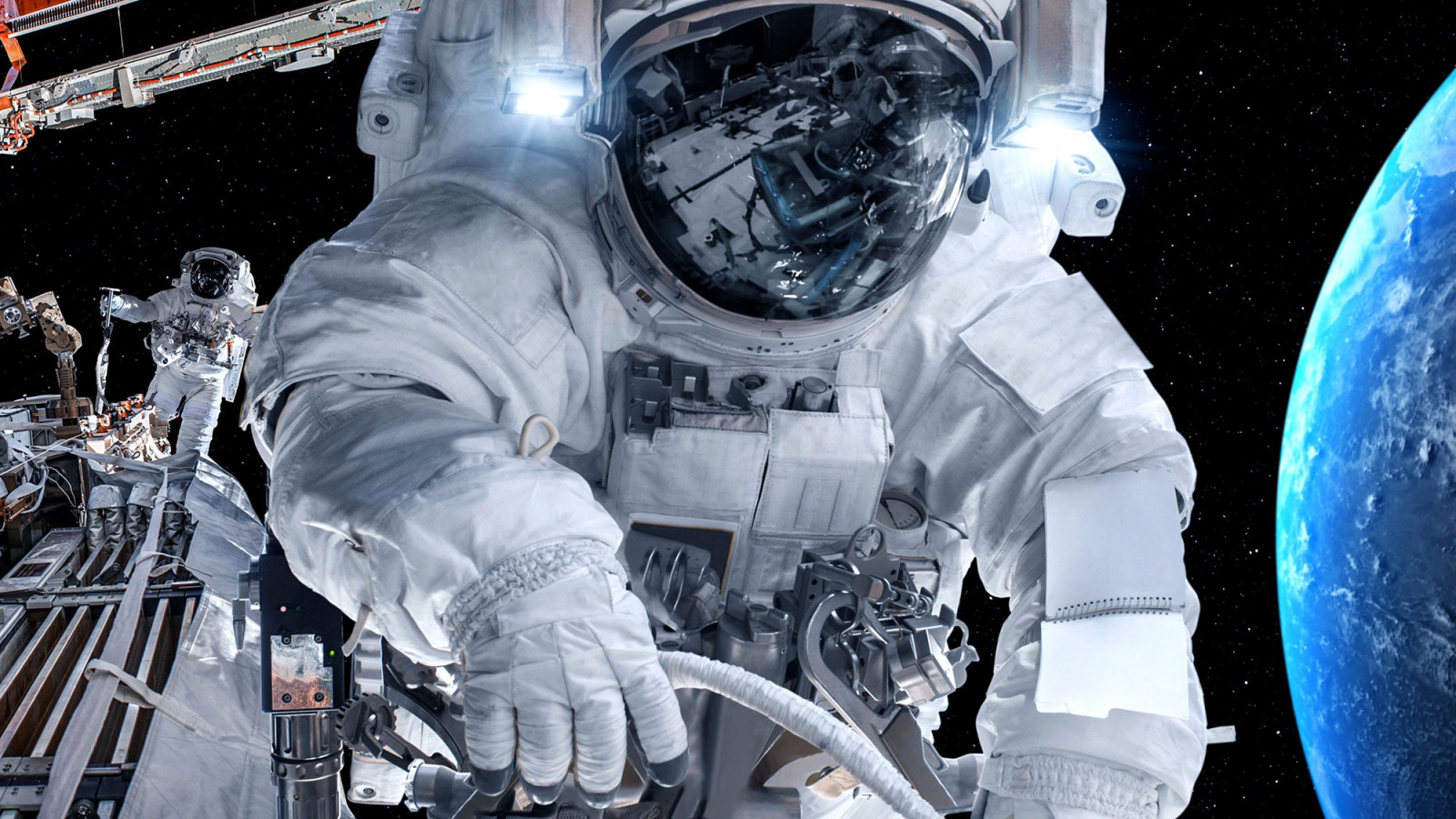
In the history of the station, crises that stood out have been recorded as fascinating lessons thanks to the calmness and solidarity of the teams involved. The incidents listed in the table of contents range from the dangers of drowning in helmets to unstable slopes caused by operational errors, from leakage and pressure loss risks to the inoperability of rescue capsules.
Danger of drowning inside the helmet: The Luca Parmitano incident on July 16, 2013, where water started to fill the Italian astronaut Luca Parmitano’s helmet during a spacewalk, vividly demonstrated the harsh conditions of space. Malfunction in the cooling system caused water to leak in a closed circuit, which with droplets sticking to his face severely limited visibility and communication. Parmitano managed to protect his safety and returned to the airlock; guided by the crew, he entered the vessel. This incident was described by NASA as one of the most critical accidents on the station.
Uncontrolled rotation of the Russian module: Panic moments on the station occurred shortly after the docking of the Nauka module in 2021. A software error caused thrusters to start operating uncontrollably, resulting in approximately a 540-degree rotation of the station. This underscored the importance of the positioning for solar panels and necessary alignment for communication. Mission control teams used thrusters of other modules to regain balance, and in the background, station stability was maintained for a period when fuel ran out.
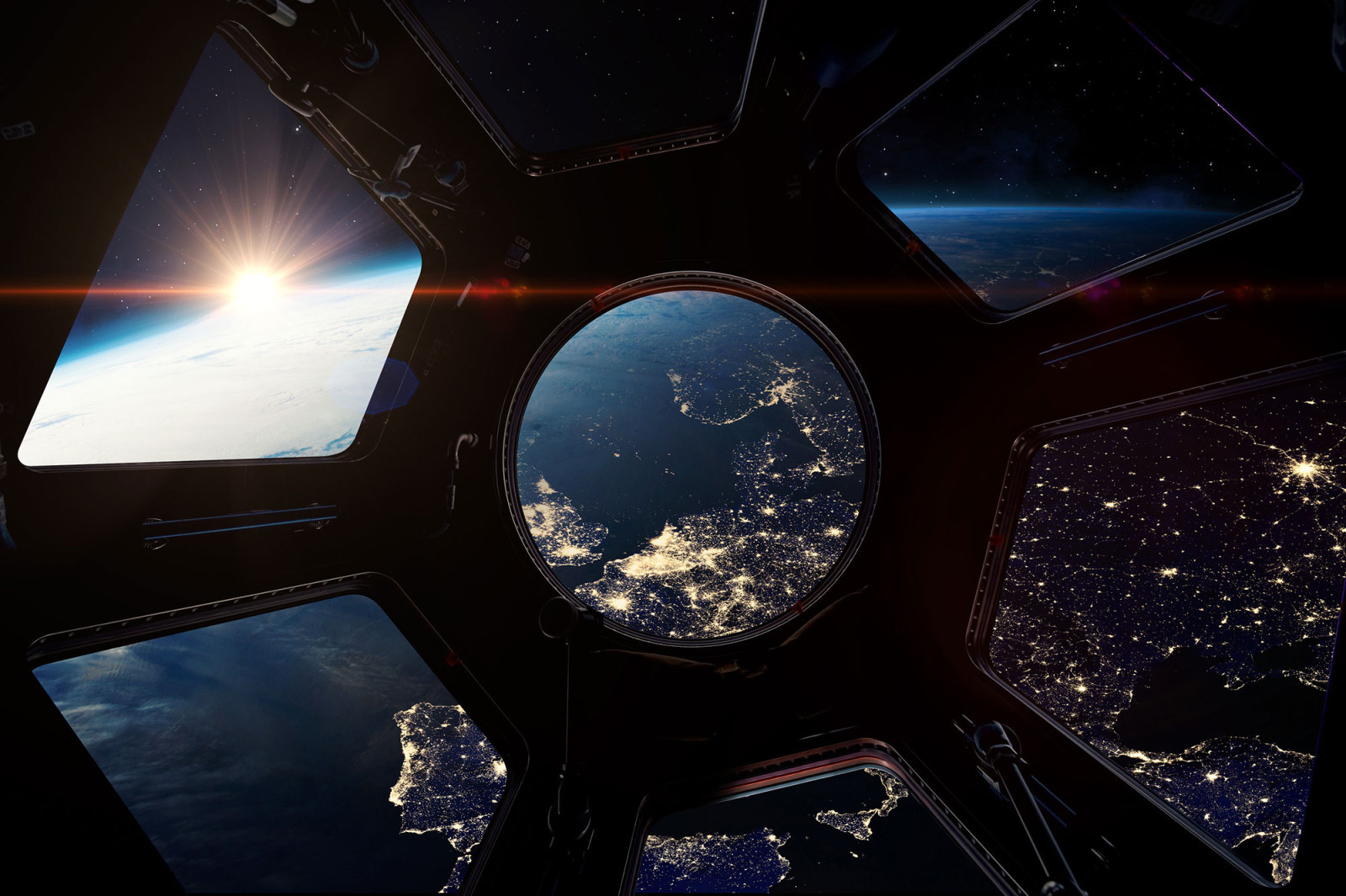
Leak in the rescue capsule and launch cancellation: In December 2022, as the Soyuz MS-22 vehicle continued its mission, a coolant leak was detected. The leakage, believed to have been caused by micrometeoroid impact, was a 0.8 millimeter hole that disabled the capsule’s cooling system and raised the internal temperature to dangerous levels. The situation required emergency plans for the three crew members returning to Earth, which was resolved by launching the uncrewed MS-23 capsule.
Silent threat: A small hole and pressure loss: In August 2018, a 2-millimeter hole in the docked Soyuz MS-09 capsule caused a gradual decrease in cabin pressure. Initially sealed with simple Kapton tape, the hole was later strengthened with epoxy and a gauze cloth to stop the leak. The source of the hole is still unknown; whether it was a manufacturing defect, a collision, or another reason has not yet been clarified.
These events demonstrate that the ISS is not only a scientific work environment but also a security field constantly tested by human composure and engineering expertise. Although the fact that no one has lost their life so far turns this achievement into an unforgettable human-space story, every incident reminds us how fragile and delicate the safety balance of space operations truly is.


